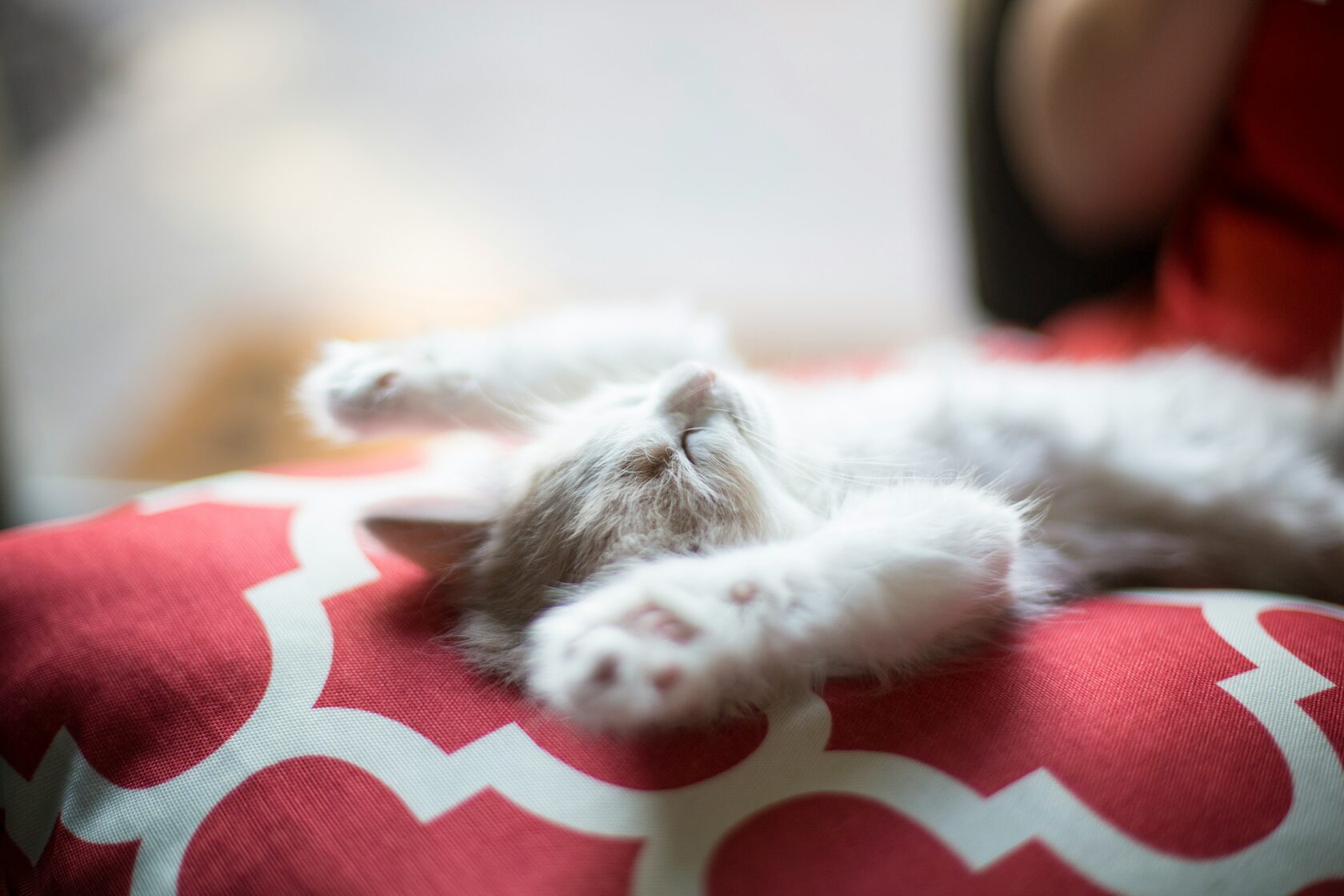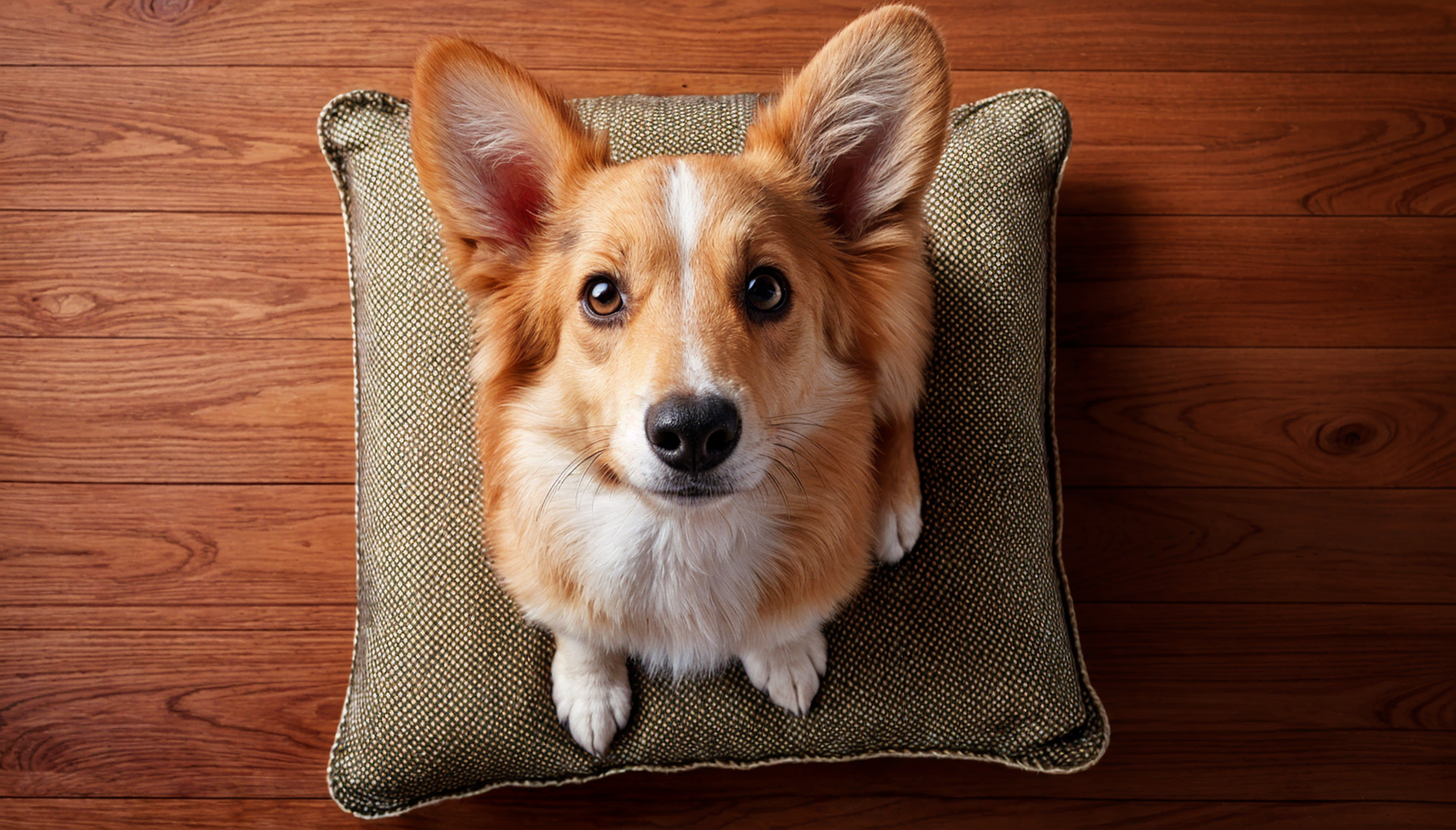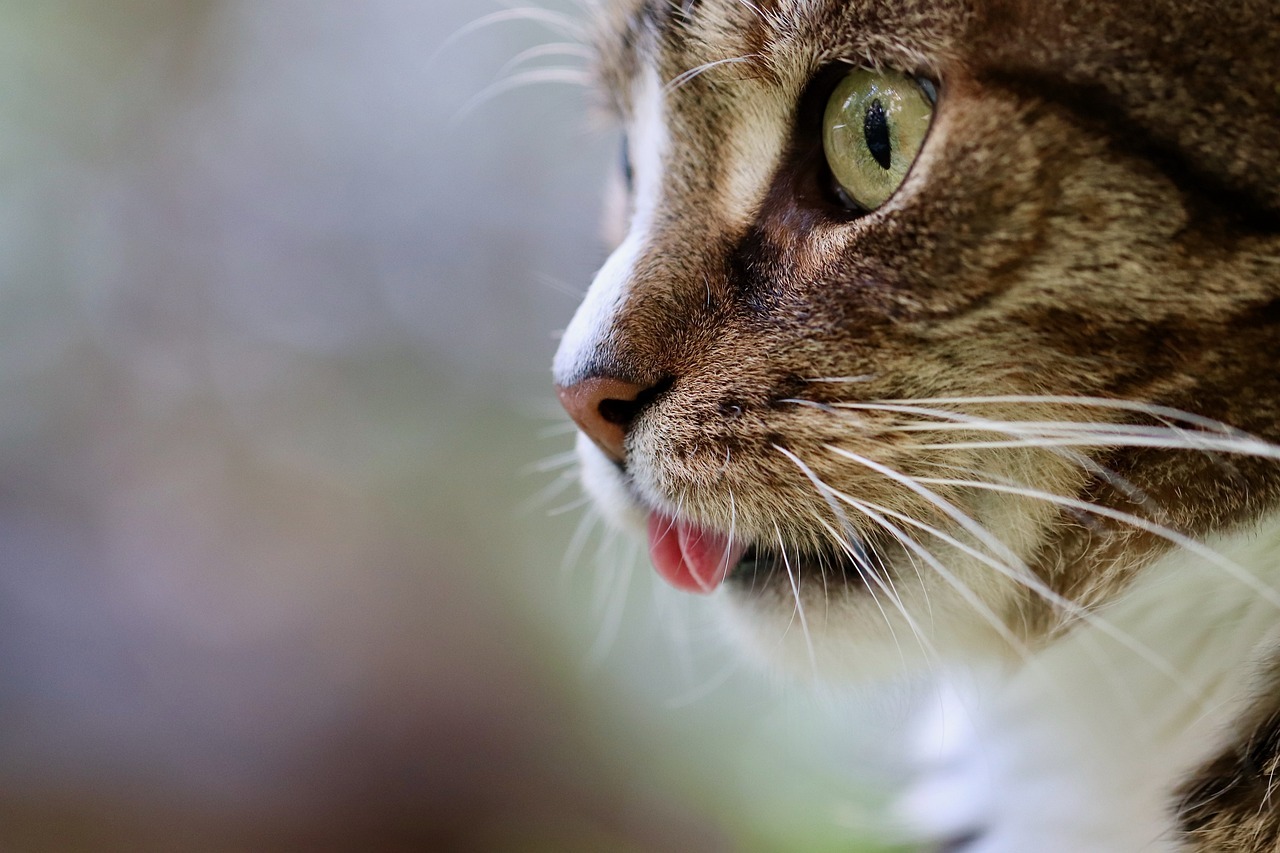In this article, we will share super important info about cats and dogs – an explanation of pet behavior. So, do you want to learn more about your beloved pet friend? Here it is!
Tail Movements

- Dogs: Tail positions and movements are significant indicators of a dog’s mood.
High tail wagging: A high, fast wag generally shows excitement but can signal dominance or alertness.
Low, slow wag: This usually indicates friendliness or submission, primarily if the tail is lower.
Tucked tail: A tucked tail can signify fear, nervousness, or submission.
- Cats: Cats communicate with their tails in unique ways.
High, curved tail: A high tail that resembles a question mark suggests curiosity and confidence.
Flicking tail: Fast flicking can mean irritation or excitement. This is often seen when a cat is annoyed or highly focused on something.
Fluffed-up tail: When a cat’s tail puffs up, they’re likely feeling scared or threatened.
Yawning and Stretching

- Dogs: While yawning can indicate tiredness, it’s often a calming signal that a dog uses to release tension. Stretching might indicate relaxation and comfort.
- Cats: Cats also use yawning to release tension. A stretch often follows a nap or signals a transition from relaxation to movement.
Head Tilts
- Dogs: The classic head tilt shows curiosity and engagement. Dogs often tilt their heads to understand sounds or visual cues better, especially if they hear something unusual.
- Cats: Cats may also tilt their heads less frequently than dogs. If they do, they’re likely intrigued by something unusual.
Ear Positions

- Dogs: Ears give away a lot about a dog’s focus and feelings.
Erect ears: When dogs hold their ears up, they’re attentive possibly alert to something in the environment.
Flattened ears: Ears pinned back typically indicate fear or submission.
- Cats: Cats’ ear movements can be subtle but insightful.
Forward ears: When cats point their ears forward, they’re curious or relaxed.
Sideways or flattened ears: Flattened or “airplane” ears mean the cat feels threatened or agitated.
Eye Contact and Blinking
- Dogs: Direct eye contact from a dog often signals confidence or assertiveness, but it can be seen as a challenge to other dogs. A soft, relaxed gaze or blinking indicates comfort.
- Cats: Cats often give “slow blinks” to people they trust. If a cat blinks at you, try blinking back to show you’re a friend.
Licking and Nibbling

- Dogs: Licking can be a way to show affection or comfort. However, excessive licking, especially around a person, can indicate anxiety.
- Cats: Cats will often groom themselves when relaxed but may also nibble or lick their owners as a bonding gesture.
Playful Gestures
- Dogs: A “play bow,” where a dog stretches its front legs forward and lowers its chest, is a clear invitation to play. Dogs often use this to signal friendly intent.
- Cats: Cats signal playfulness by pouncing or hiding before a “sneak attack.” Belly exposure in cats can sometimes be an invitation to play but is more often a sign of trust.
Pawing and Kneading
- Dogs: Pawing at a person or object usually means a dog is seeking attention or interaction.
- Cats: Kneading, where a cat pushes its paws in and out against a surface, is a comforting behavior cats have had since childhood. It shows that they feel safe and content.
Conclusion
Understanding your pet’s body language opens up a new level of communication that strengthens the bond between you and your furry friend. Pets express their needs, moods, and affection through subtle and sometimes surprising gestures.
To provide your pet with love and care, we invite pet owners to visit our Golden Paw Store and find the best for their fluffy friends!
